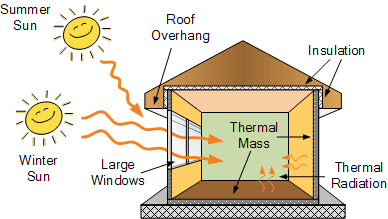It’s about that time of the year that everyone starts scrambling to get a “spring break body.” This is an approximately month long rush that consists of people who do not regularly work out scrambling to the gym in a last ditch effort to look good for their spring break vacations. To people who are constantly dedicated to the gym, these crowds of people are quite the nuisance. Constant gym goers dread the popular gym rushes throughout the year, such as the fall “new school year new me” rush, the “New Year’s resolutioners” rush, and the “spring break body” rush. But alas, we are all at the gym to get in shape, so those who are jumping in the game late deserve just as much respect as anyone who is constantly at the gym. I’ll help you out to get the most out of this month. I’ll just be looking forward to the week that the gym is empty after spring break when few of the “spring break body rushes” return.
First and foremost, it is important that you set a specific goal of what you want to accomplish. The problem with many people is that they constantly work towards something, but they don’t know what it is. It is immensely helpful to set clearly defined goals so that you have something to keep striving for and so that you get the feeling of satisfaction when you finally accomplish your goals. It is important to make sure that your goals are realistic. For example, these goals are not realistic expectations for one month of working out.

(Note: the image on the left is fake and photoshopped.)
Setting realistic goals is essential to the process, as setting your goals too high will leave you in constant disappointment.
It is important to note that just as important as going to the gym is making sure that you’re putting only exactly what food your body needs to recover into your diet. This means no cheat days, no cheat meals, and no cheat snacks. Any of these things are likely to lead into a downward spiral. Personally, my diet consists almost exclusively of fruits and vegetables, lean meat (chicken,) beans, and protein shakes. Realistically, these are the only things that you need in your diet to survive and they are the healthiest thing for you. My personal recommendation for a good breakfast would be to skip the bagel or muffin and instead opt for fresh fruit, or a Naked juice drink. Personally, I start every morning with a Naked: Protein. The fruit replenishes the vitamins in your body and the natural sugar wakes you up. When you’re looking at what to eat, don’t look at the label, simply ask yourself “is this healthy or not.” Some people make mistakes such as forsaking something because it contains fat, although that fat may be healthy fat.

Most importantly, eating healthy is likely to help you burn fast faster than fasting will, as fasting causes your metabolism to slow and causes your body to digest your muscle and not the fat, leading to a very frail appearance. It’s important to realize that in these days, fit is sexy- not just thin. Whether your mission is to bulk up or to slim down, make sure that you are including a great deal of protein in your diet. The ideal protein intake for both weight loss and for muscle gain is equivalent to your body weight in grams of protein. For example, someone who weighs 150lbs should ingest 150 grams of protein a day.
One of the things that I find to be most vital to my process is staying hydrated at all times. Carry a water bottle with you everywhere, and constantly drink it. It is suggested to have 8 12oz glasses of water a day. The reason why it is important to hydrate is that the water will flush the toxins out of your body, hydrate your cells, and allow you a quicker recovery. Recovery is essential to the process, as it is not ideal to always feel sore. This is a sign that your body is not regenerating what it has used up and this is unhealthy. In order to optimize your recovery, make sure you get at least 9 hours of sleep. Sleep is when the majority of the recovery process takes place, so if you skip on sleep, recovery will skip on you. Make sure you’re ingesting sufficient protein and stretch your muscles to open up the tears in your muscle tissue and allow for better growth and results!




